
Blog
The Ultimate Guide to Eye Protection in Healthcare
If you work in healthcare, you are aware of the significance of personal protection equipment. In the past years, you have undoubtedly worn your PPE more frequently, but are your eyes being shielded?
Although OSHA requires PPE, there is some leeway for eye protection. This creates a massive opening that allows respiratory droplets, bloodborne infections, and airborne pathogens to enter your ocular membrane.
This particular one is for everyone who believes that acids, liquids, and spills shouldn't go straight into your penises. Let's discuss the value of eye protection for those working in the healthcare field, and make sure you're using the appropriate gear for the task.
What are Safety Glasses for the Healthcare Sector?
Medical safety glasses shield your eyes from work-related threats by covering them from all angles. Blood, pee, vomit, debris — we're getting off-topic, but you have the idea. Giving care to patients frequently entails coming into contact with their bodily fluids or illnesses, which can be hazardous to your eyes and overall health. Medical safety glasses provide a barrier between you and the excretions of your patients, allowing you to provide them with the care they require without having to worry about falling ill yourself. Regular glasses are not the same as medical safety glasses.
Here's what is the reason:
Impact Resistance
Because safety glasses are impact-resistant, they won't break or shatter even when hit hard by a weighted object. These safety glasses are put through durability testing, which includes high-speed and weighted item strikes, on both the frames and Plano or prescription lenses to make sure they are safe.
Splatter/spill resistance
To make sure your eyes won't get wet in the event of an accident or splatter while you're wearing safety glasses, they go through tests for resistance to spills and splatters (unless you get upset). Medical safety glasses guard your eyes from the top and sides, while most regular glasses allow gaps.
General practitioners who usually visit patients for checkups on a planned basis, medical workers who spend hours at a desk or see few patients each day, and technicians who tidy empty rooms can all be tricked into believing they have a pass on wearing safety glasses.
It turns out that the majority of reported eye injuries happen in acute care settings. Slightly more than 83% of reported exposures to blood and bodily fluid exposures (BBFE) included the face. More than 66% of such exposures happened right in the eyes. People who didn't think they needed to wear safety glasses were involved in most of these incidents.
Regardless of your position within a healthcare facility, medical safety glasses must be an essential item. You can provide better care for your patients and yourself if you wear them each time you visit their room.

The Snowball Effect of Eye Injuries
You might not anticipate that a tiny accident or splash would do so much harm. Ultimately, unless you're attending to a patient suffering from a fatal illness, what's so significant about a little accident that might have been avoided in the primary place? Assume for a moment that neither your patient nor yourself get a sickness that could seriously harm you or cause you to lose your vision due to an object becoming stuck in your eye. There is still a very high chance of losing.
These are but a few of the consequences of injury to the eyes:
- Workers who get eye injuries routinely miss work.
- The lack of staff members compromises patient treatment.
- You and the supervisor are both burdened by the necessity of medical exams before you can resume work.
- Your injury has a cumulative financial impact that affects both you and your company.
- Sustaining injuries may have an impact on attrition.
Regardless of your line of work, getting an injury to your eyes at work is never something to take lightly. The movement of fluid or particles to the eyes affects patient care and results in significant time and financial costs for the healthcare industry.
Why Prescription Safety Eyewear Is Necessary for Healthcare Workers?
Let's go back to medical school when we used to dissect human cadavers. Even though there was very little possibility of infection, lecturers would nonetheless demand that you wear protective goggles. Those days are long gone. You continue to wear gloves and masks to protect your patients. But who will shield you from the bodily fluids that could get into your eye and contaminate you when you have surgery on them? Although many of you may own safety glasses, how often have you worn them? You must realize that your well-being and security are equally as important as those of your patients.
The Purpose, Nature, and Value of Safety Glasses For Healthcare Sector
Are you trying to define medical safety glasses precisely? The name speaks for itself, rather literally. Your eyes are shielded from pathogenic liquids, debris, or chemicals that are frequently encountered in a clinical setting by wearing medical safety glasses. You would be mistaken to expect that carrying your prescribed eyewear to the OT will suffice. It won't matter if you just wear some glasses. Different designs of safety glasses guarantee that the region surrounding your eye is covered and protected. Are you concerned about how you're going to wear eye protection on top of your prescribed glasses? Just choose a solution that integrates your prescription like Guardian prescription safety glasses!
So, who and why require safety goggles?
You are facing a variety of scenarios that could harm your eyes whether you are employed in radiation therapy, nursing, or as a surgeon saving lives.
Protective Eyewear for Paramedics
Wearing safety glasses will shield your eyes from dust and other particles that you might come into contact with during emergency evacuations if you are a paramedic. These particles have the potential to seriously harm the cornea and trigger eye injuries if they enter the eyes.
Safety Glasses for Lab Staff members
Most MLTs handle chemicals in a lab setting. Therefore, there's a good potential that chemicals will splash or spill and get into your eyes accidentally. It is therefore strictly forbidden to forgo wearing protective eyewear.
Radiologists' Safety Goggles
There is always a risk of exposure for radiologists. Understandably, you protect yourself by donning gloves, thyroid shields, aprons, and other items. Regarding your eyes, how are they doing? Prolonged radiation exposure might cause cataracts or conjunctivitis. Put on safety eyewear to protect your eyes from exposure to radiation risks.
Medical and Nursing Safety Goggles
You have the same danger of coming into contact with bloodborne diseases whether you're in an operating room or doing normal rounds. Although wearing gloves and a mask protects you from wounds and respiratory infections, some may still go into your eyes (as COVID-19 reminded us). You and the people you treat will be safe if you use safety eyewear made of medical-grade material.

Are Disposable PPE Eyewear Better Than Medical Safety Goggles?
Even if you most likely don't now own any medical safety goggles, you've undoubtedly worn PPE eyeglasses a dozen times. But are they actually all that beneficial? There are numerous reasons why going with the second option isn't a wise idea, starting with the low-quality, distorted lenses that lack prescription flexibility. In case you've been considering a change, these arguments will support your choice.
Availability of Prescription Power
The majority of healthcare personnel find that the lack of prescription options is the largest problem when it comes to PPE eyewear. They must therefore wear their usual eyewear below the PPE, which could scratch or fog up. Conversely, there are no prescription restrictions on eye protection for healthcare professionals that are prescribed. They also have superior optical quality as a result. Thus, you are safe and able to see clearly.
Eliminate All Scratches from Your Eyewear
You are no longer concerned about scratches if you would prefer to wear your protective eyewear over your everyday glasses. Generally, wiping replacement PPE goggles over your regular spectacles can cause permanent scratches. To prevent scratches, our safety eyewear is made with a space between the two layers.
Minimizing regret for Wasting
Investing in this activity allows you to contribute to the preservation of nature, which is its greatest feature. If you use the right cleaning solutions, you can sterilize and clean your rx safety glasses. Disposable PPE has safety benefits, but it also generates a lot of plastic trash for the environment when thrown away. Contrarily, prescription safety glasses can be used again. All you need to do is clean and disinfect them, and you're done! They're prepared for a different use.
Unfit Safety Glasses? Not Again
The most common criticism leveled against disposable eyewear is their excessive tightness or looseness. Making constant adjustments to them might also be difficult. If you're following the CDC's advice, you should wipe your glasses right away if you touch them. The fit of prescription safety glasses is customized. To keep them from slipping down, an adjustable head strap is also available as an add-on.
Potentially protected by insurance
Eyecare insurance policies frequently cover prescription safety glasses. Furthermore, you can buy safety glasses with money from your flexible spending account (FSA) or health savings account (HSA).
Types Of Eye Protection
You deal with unusual and often risky situations daily as a healthcare practitioner. You shouldn't be ready to take chances for your health and vision, even though there are some problems you can't prevent. In the healthcare industry, a variety of safety glasses are utilized for different tasks or circumstances. Every variety has special qualities and offers wearers varying degrees of protection.

Radiation Safety Glasses
When considering eyewear, one of the most common choices is radiation-protective eyewear. When comparing various eyewear alternatives, radiation-protective glasses are one of the most popular choices. This type of radiation-protective eyewear is intended to shield your eyes' sides from radiation and their fronts.
Since your eyes are among the most delicate organs of your body, you must shield them from radiation's damaging effects. Standard anti-fog, shatterproof, and impact-resistant frames and lenses should be included with a suitable pair of radiation protection glasses.
Along with other PPE like radiation aprons, radiation safety eyewear with side shields is meant to keep you safe during tests where you could otherwise be exposed. Radiation glasses are among the least expensive kinds of eyewear because they are not disposable and may be customized to fulfill prescription needs.
Protective Goggles
Safety goggles, which completely cover the eyes and eye sockets, are among the best types of protective eyewear. Safety goggles provide snugly fitting coverage from all angles by acting as a closed shield against different liquids and other objects. Protective eye goggles, which fit snugly against your face to prevent fluid from getting in your eyes, help you avoid splashes of liquid or chemicals if your job takes you into an area where you could be exposed to them. Safety goggles can be worn over your regular prescription lenses and are made to protect your eyes.
Face Protectors
Even while safety goggles provide total eye protection, there are situations in which they are not the best option for full-face coverage. Under these circumstances, full-face or medical eye shields might be the most appropriate eyewear. No matter what the circumstances, a full-face shield provides total protection against liquids and other possible problems you can run into at work. Wearing a medical eye shield in addition to secondary protection, like safety glasses or goggles, is a smart idea if you want to guarantee optimal protection. You should think about this choice for personal protection equipment (PPE) in certain situations.
Customized Safety Glasses
X-rays and other imaging devices are now essential components of the healthcare sector. With this kind of technology, having specialized eye protection solutions is crucial for healthcare personnel. Radiation sensitivity and vulnerability are seen in human eyes.
To counteract radiation, using the appropriate safety glasses is essential. SEG offers a range of superior radiation protection eyewear alternatives that cater to the requirements of medical imaging professionals. To select the appropriate safety glasses for the circumstance, make sure you are aware of the risks you may encounter beforehand.
Are you Trying to Get the Ideal Safety Goggles?
We are aware of how busy you are as a medical practitioner. It would be uncomfortable to sit down and find a set of safety glasses. Selecting the best option can be confusing with so many available.
Can we lighten your workload a bit? The top medical safety eyewear that is favoured by medical professionals worldwide is listed below. Please feel free to review our suggestions.
GRXS01
These goggles come in different sizes, and you can choose to have the "dust dam" (rubber seal) or not. The head straps that are available and adjustable will assist hold the earpieces firmly in place. To keep you safe and secure, these GRXS01 safety goggles adhere to ANSI Z87.1 and CSA Z94.3 industrial requirements.
GRXS01 Safety Goggles
WileyX SPEAR
These safety goggles are a suitable alternative if you're seeking something with prescription possibilities. They don't need the extra edging or testing that ordinary safety glasses might need because they come with a prescription adaptor. It means that we may create them extremely quickly—with most prescriptions. Wileyx Spear safety goggles come with a flexible strap and rubberized seal to provide a comfortable fit.
Wileyx Spear Safety Goggles
OG-210S Onguard
Here's an alternative for you if you're looking for anything created in the United States. These safety glasses are designed and manufactured in the United States and can be personalized with or without an elastic seal. These OG-210S Onguard safety glasses provide comfort and vision clarity in every condition because they integrate prescription lenses.
OG-210S OnGuard Safety Glasses
Maintain Your Safety While Preserving Lives
Both your patient's and your safety are crucial. Thus, while we look after your eyes, feel free to handle challenging circumstances and provide your patients with the best treatment possible. View the finest fusion of fashion and protection offered by SEG. The greatest medical safety glasses will shield your eyes.


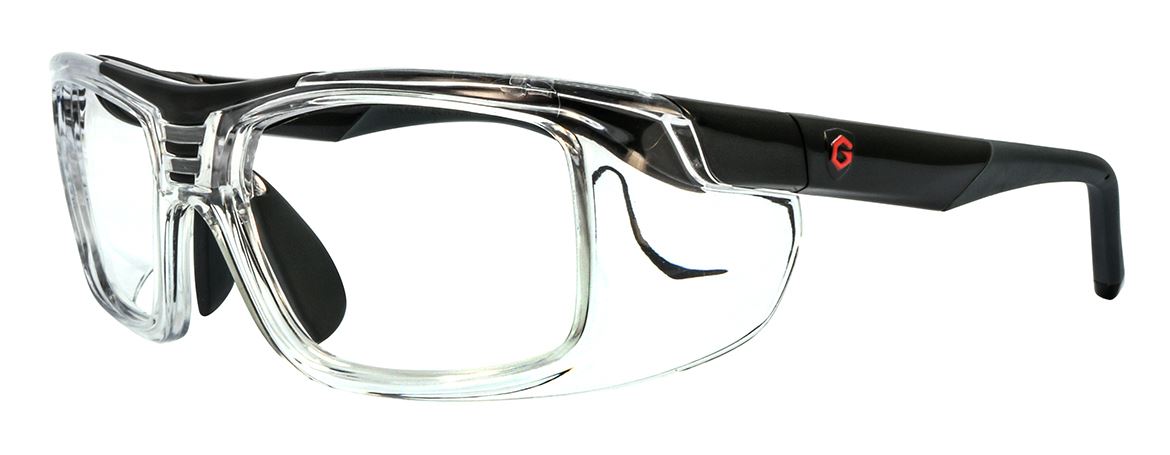
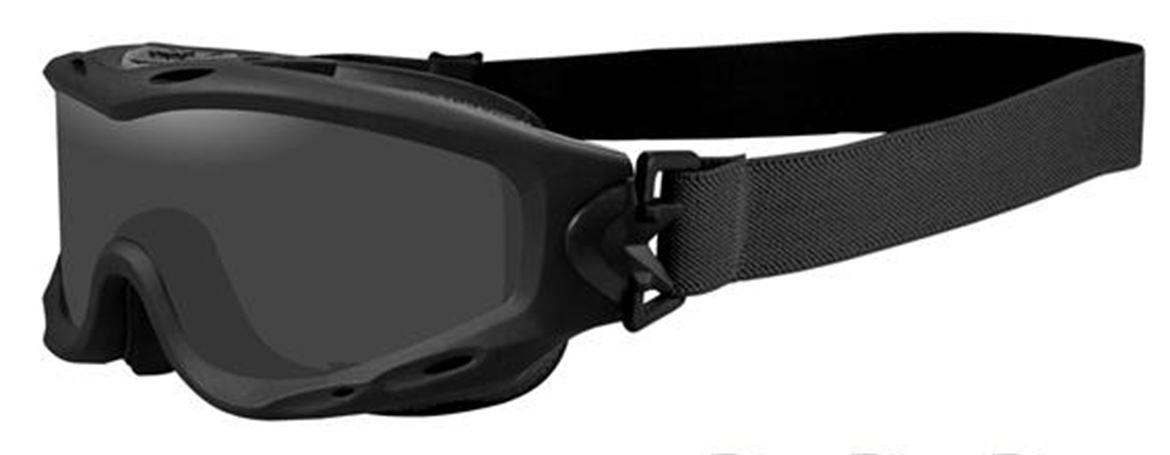
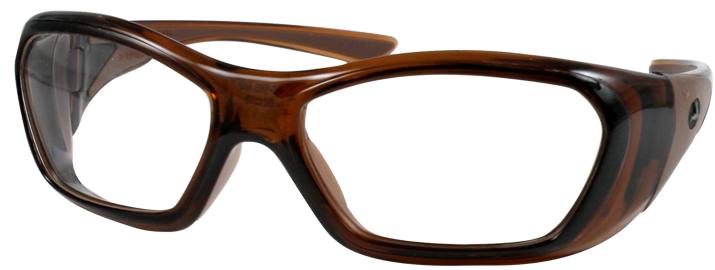
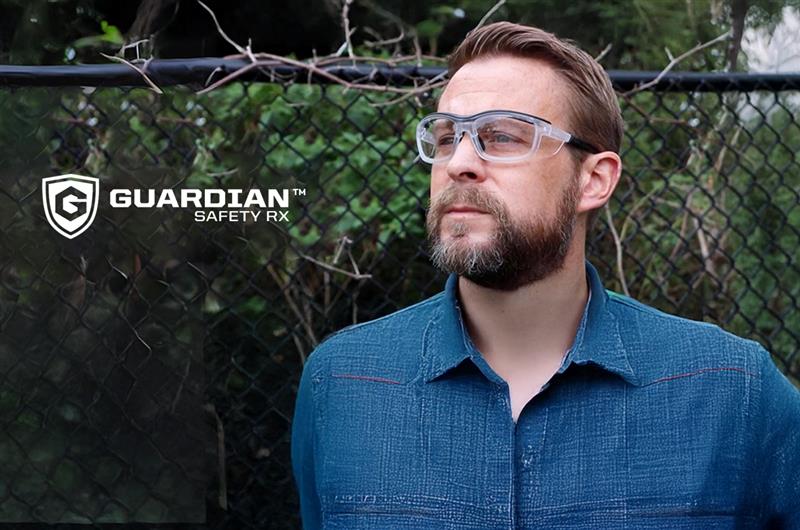
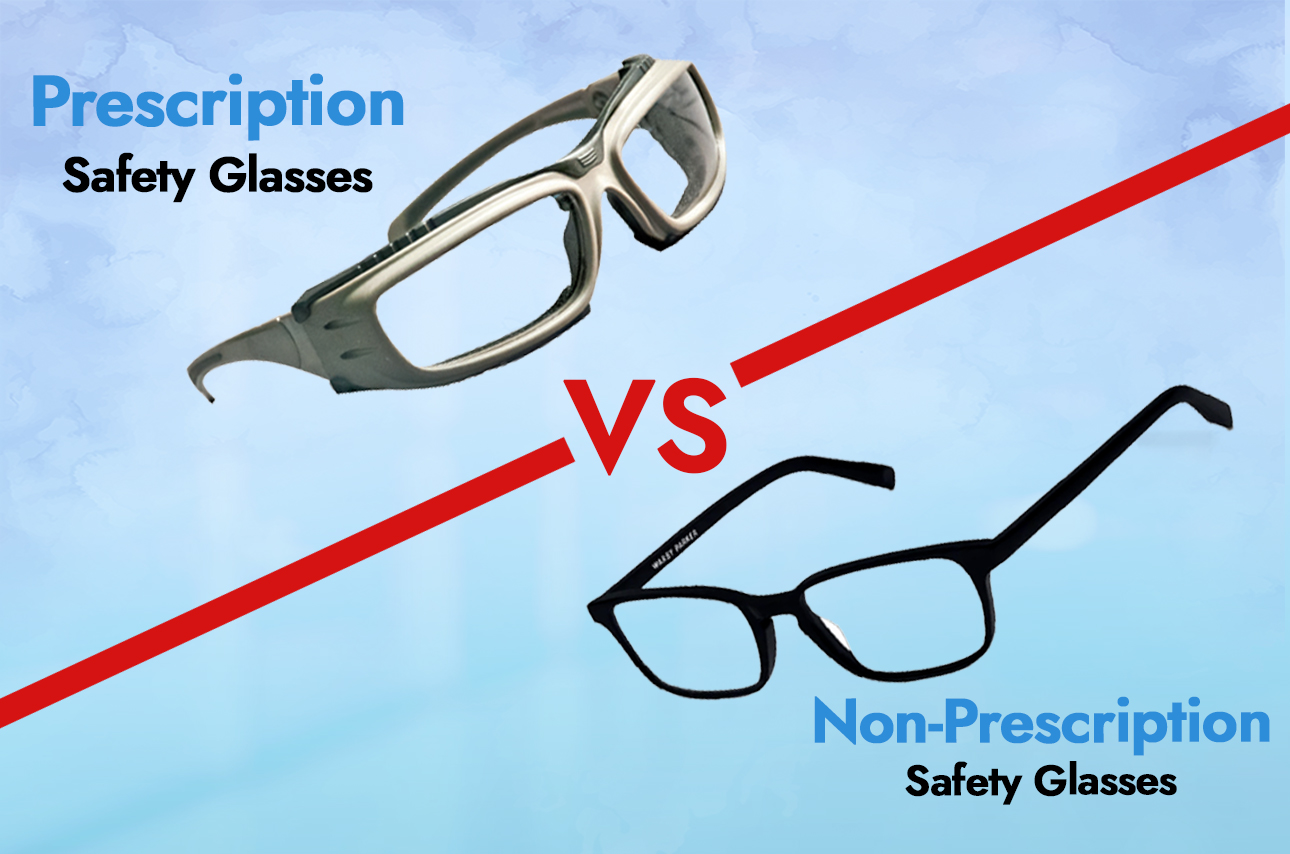
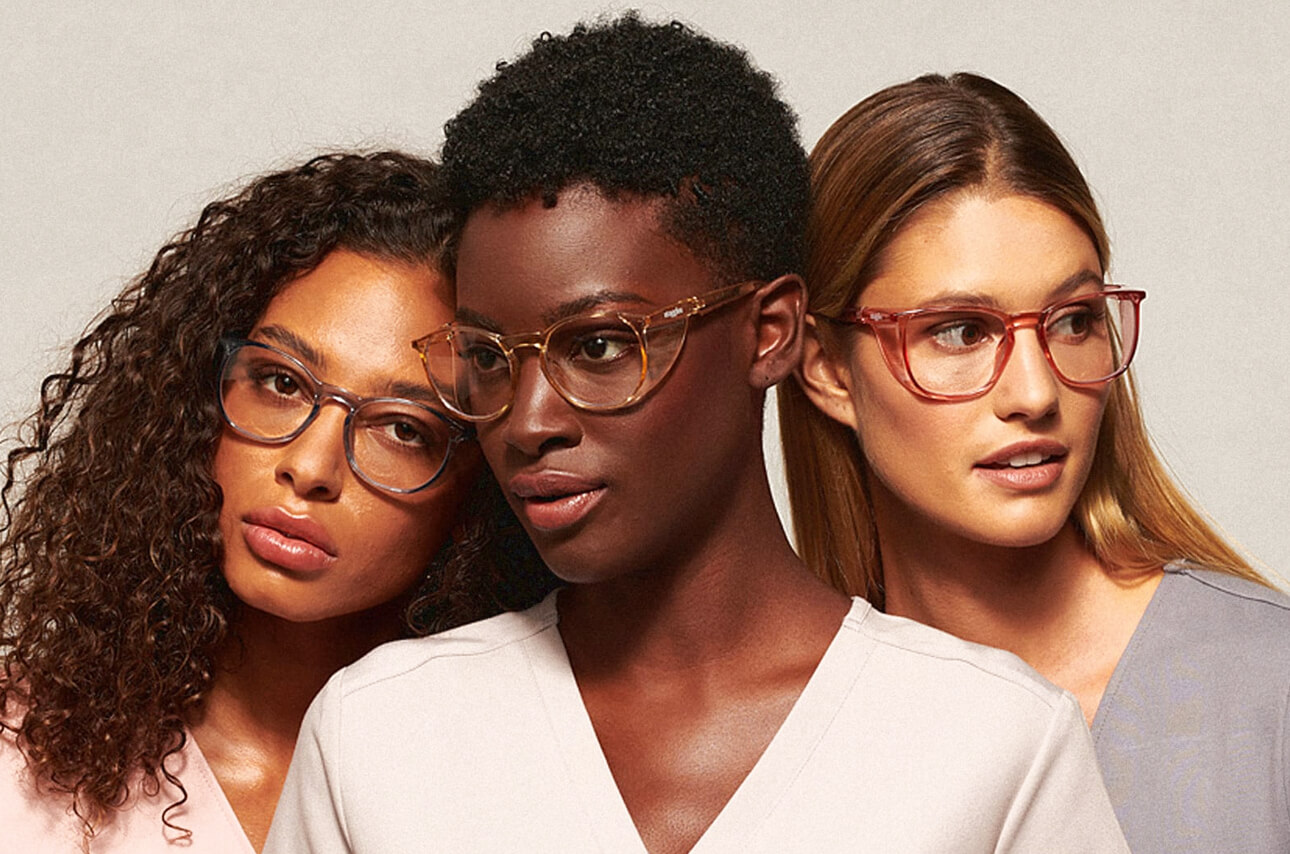
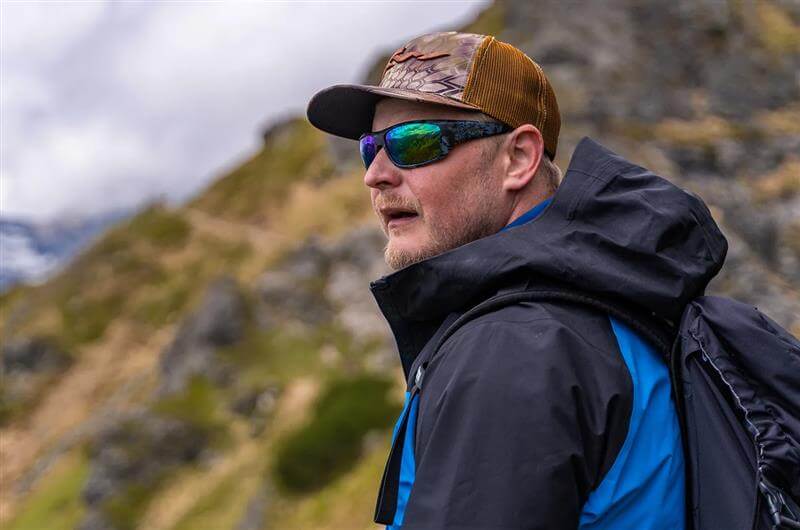
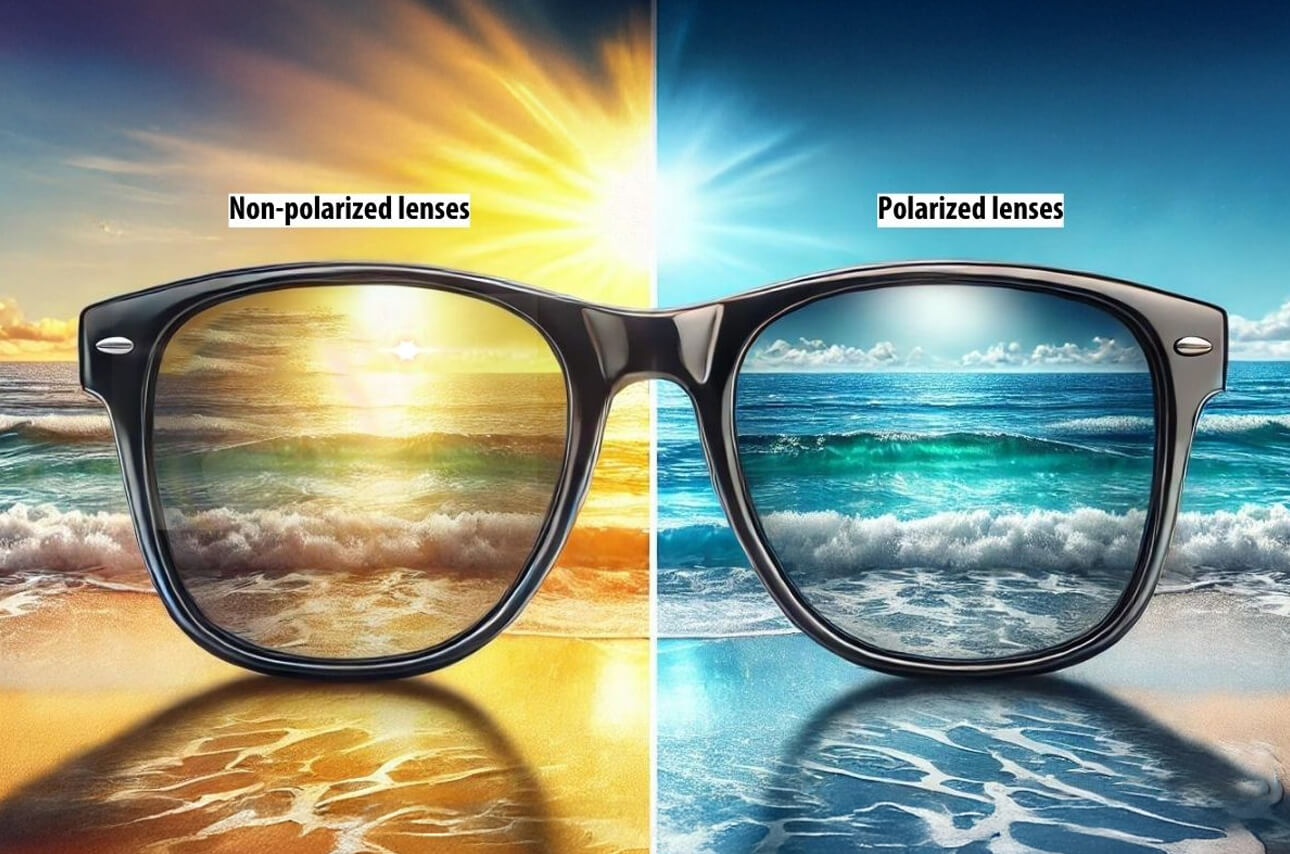

Leave your comment